The top 10 'inventive' scientific inventions that are great
In everyday life, we often use scientific inventions that may not be clear about their origin. Every scientific invention is used for a variety of purposes, especially with initiatives that come from emotions and unexpected situations.
According to the ancient Greek philosopher Plato said, " science is a feeling ", here are 10 scientific discoveries that all come from emotions and random situations. Of course, in order to become a scientist you need a lot of qualities and lucky factors as well.
Firework

About 2,000 years ago, a Chinese chef tested charcoal, sulfur and potassium nitrate ( white powder used as a gunpowder, preserved food and made medicine ) - three things that were always available in the kitchen first. that. This chef accidentally realized that it could create fuel from this mixture. He experimented by putting a little bit of the newly created fuel into the bamboo tube, then exploding. When combined with some other details, the chef realized that this fuel could emit many colors and create different effects, now it is called fireworks .
Velcro velcro
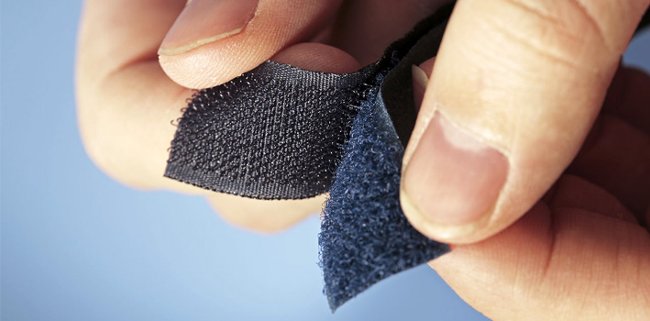
The Swiss engineer, George De Mestral , came up with the idea of locking Velcro while walking in the morning of 1948. Upon returning home, George De Mestral saw the thorns clinging to the dog's socks and fur. be led with you. Mestral uses a micro-lens to closely observe the structure of this wild hemp and finds that they have many small " hooks " that can adhere to things made of fiber and fur. Mestral carried out experiments for many years on different fabrics, then invented a nylon Velcro adhesive lock. In late 1950, Mestral decided to patent and commercialize the upper lock. However, less than two decades after NASA used it as a special tool, the Velcro adhesive was widely used around the world.
Safety glasses
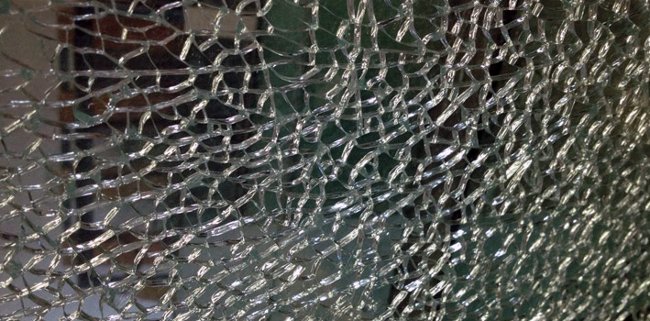
In 1903, while studying in the laboratory, the French chemist Édouard Benedictus accidentally dropped the test tube to the ground but strangely it did not break. Benedictus was surprised when the vase fell from above to the ground under such impact but did not break into pieces.
Édouard bent down to pick up the vase to observe carefully. After a full inspection, the chemist realized that the jar contained nitro resin , coated on the inside so that it did not break when impacted. Inspired by that, Édouard Bénédictus invented the safety glass that is commonly used in the world today.
Super adhesive
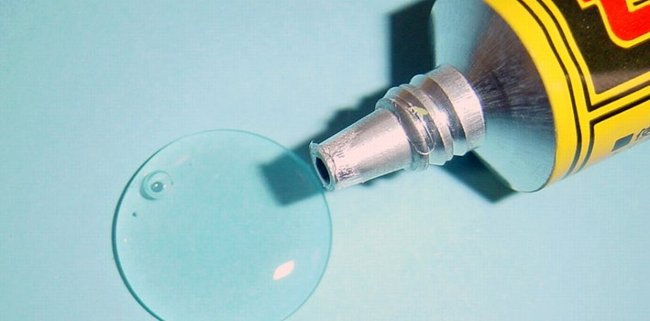
In 1942, Dr. Harry Coover used a " cyanoacrylate " chemical to make the aimer for plastic guns but failed completely. Although the main experiment failed, he discovered a super-sticky compound without using heat. Thus, Harry Coover invented the super glue that is commonly used today. After submitting a patent and a super-sticky adhesive product that was widely marketed, Dr. Coover also became rich.
Tea bags
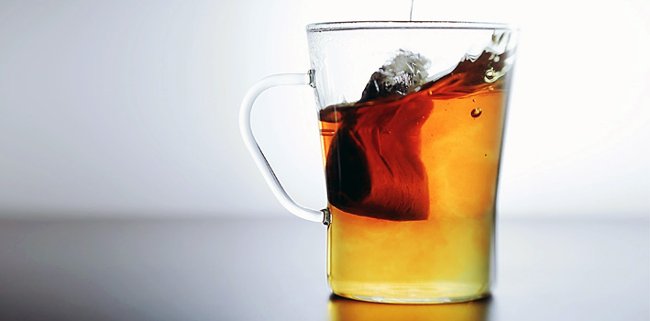
The tea bag is an accidental invention of an American tea merchant Thomas Sullivan . In 1908, Sullivan began sending tea samples to guests by putting them in a small silk bag . Many of his customers believe that these tea samples should be prepared with metal tea dipping tools, put the whole tea bag into a small kettle. After receiving comments from customers, Sullivan started wrapping tea with gauze - the first tea bag.And from there, tea bags were born!In the 1920s tea was commercialized so tea bags were more widely used.
Penixillin antibiotics
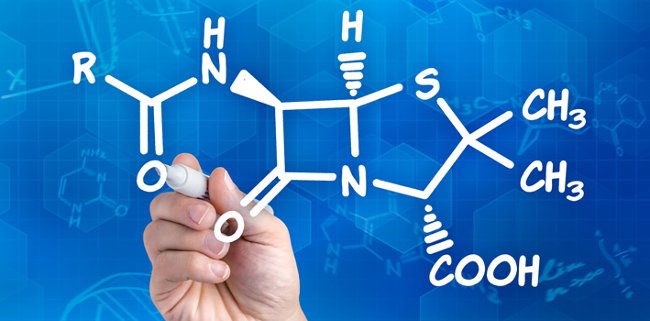
The young Scottish bacteriologist, Alexander Fleming, wanted to find a " special medicine " that could cure many illnesses but was unsuccessful and had to eliminate it. In 1929, Fleming had a vacation, before leaving he had forgotten a Petri dish containing staphylococcus ( Staphylococcus ) being cultured in the laboratory. After returning, Fleming found bacteria growing on the plate, except for the mold-forming area. When he looked at the petri dish that remained under the microscope, he discovered veins of a green fungus that contained a substance that could inhibit bacterial growth. That is penixillin - an antibiotic used to treat various diseases, from syphilis to tonsillitis. Thanks to penicillin and other antibiotics, the death rate from infectious diseases since the early 20th century has now decreased significantly.
Microwave

Percy Spencer , an orphan since he was 18 months old, had to quit school to work at the paper factory at the age of 12, also the inventor of the microwave . Percy Spencer was an engineer at Raytheon, after the Second World War in the US Navy he was known as a " genius electronics ". While conducting a magnetron experiment - a kind of energy launcher for electric radar devices for Raytheon Company, Spencer noticed the candy bar in his pants pocket melted when exposed to what he was studying. Then he experimented with corn and eggs and found them all cooked. Finally, thanks to this discovery he invented a microwave oven. Microwave products are becoming increasingly popular all over the world and help Percy Spencer earn money.
Gunpowder
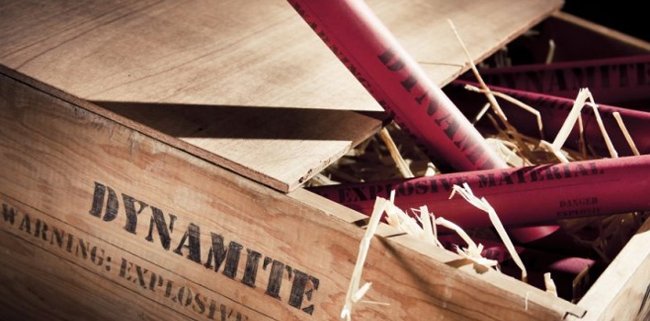
We certainly don't know how explosives were invented - the explosives themselves are a liquid explosive, which is very insecure. But according to Arzt from Lost, " Nitroglycerin is the most dangerous and unstable explosive for humans," Alfred Nobel himself tested.
The famous Swedish scientist Alfred Nobel was the inventor of explosives by accident. Nobel has experimented with nitroglycerin in many experiments - but unfortunately, the factory explosion in 1864 claimed the youngest brother of the Nobel family. Therefore, the scientist tries to research to produce safer fire materials
To know how unstable they are, Nobel has tested safe transport methods of nitroglycerin.
During a nitroglycerin transport, Nobel discovered a container of liquid explosives was punctured, but a mixture of ore rock mixed in can quickly drain the liquid. This observation helped Nobel quickly think of a solid explosive formula: " Explosives can mix with clay without losing the ability to explode ." In 1867, Nobel registered the patent and named the invention the dynamite , opening up a strong way in the world construction industry and making mines.
Drugs Viagra

In 1998, Pfizer , a pharmaceutical company, studied the production of a medicine to treat angina or coronary artery spasm of the heart. To do this, they created a drug called UK92480 . However, UK92480 did not achieve the expected effect but the side effect was to create a small blue pill . This drug, though not meeting the original purpose, has amazing effects. The drug was later named Viagra , and of course everyone knew when Viagra was used. Pfizer earned US $ 288 million from selling these small green pills in the first quarter of 2013 alone.
Insulin
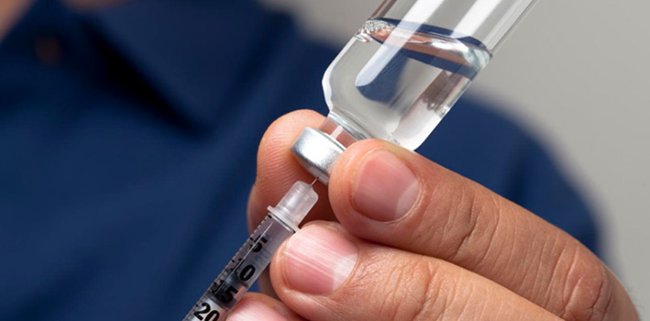
The invention of insulin is not entirely a coincidence. In 1889, two doctors at Strasbourgh University tried to understand how the digestive system was affected by the pancreas ( the organ between the stomach, liver and intestines) . To find out, they removed the pancreas of a healthy dog, a few days later they found flies swarming around the dog's urine pool. They decided to conduct a urine test and found sugar in the urine. This helps them see that when removing the dog's pancreas, the dog suffers from diabetes . Before that, the two doctors had no idea that the pancreas had the function of regulating blood sugar. From the 1920s and 1922, researchers at Toroto University were able to isolate the pancreas in the endocrine system - called insulin , which works to turn diabetes from an incurable disease. The condition is treatable.
You should read it
- Microsoft Research is creating an AI capable of writing code in seconds
- Libratus - artificial intelligence has just defeated 4 players in poker games
- 7 random inventions but have an extremely important role in the history of human development
- Does using the microwave improperly cause cancer?
- 23 false scientific facts that we still believe
- Can glass, plastic, wood and porcelain cups be used for microwave ovens?
 What makes Thomas Edison a genius when he only comes to school for 3 months in his lifetime
What makes Thomas Edison a genius when he only comes to school for 3 months in his lifetime Photos on cigarette packs can prevent death
Photos on cigarette packs can prevent death Where did the origins of the male and female symbols come from?
Where did the origins of the male and female symbols come from? Witnessing other people suffering, illness, death, terrorism can lead to PTSD
Witnessing other people suffering, illness, death, terrorism can lead to PTSD Eating mushrooms helps prevent the risk of dementia, Alzheimer's disease
Eating mushrooms helps prevent the risk of dementia, Alzheimer's disease Eccentric habits of 10 world geniuses
Eccentric habits of 10 world geniuses